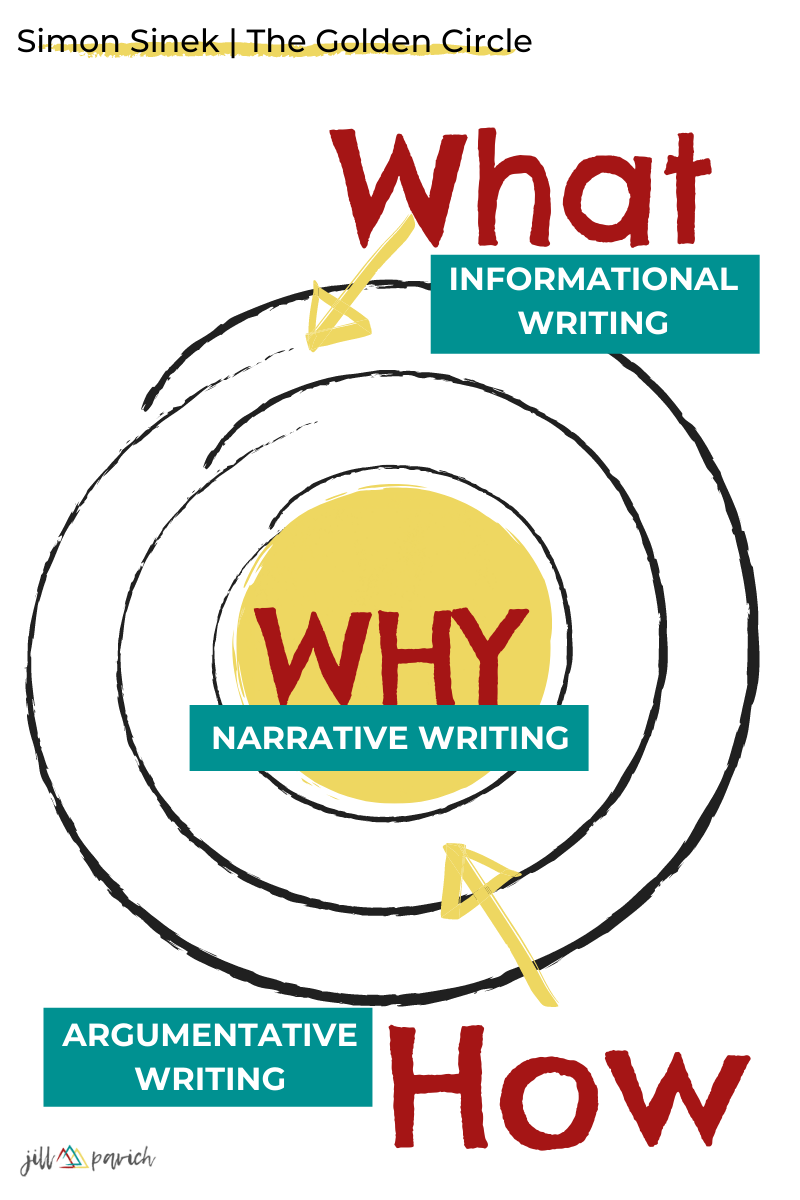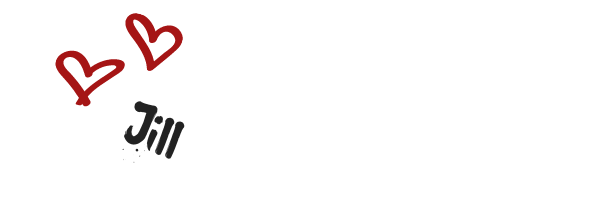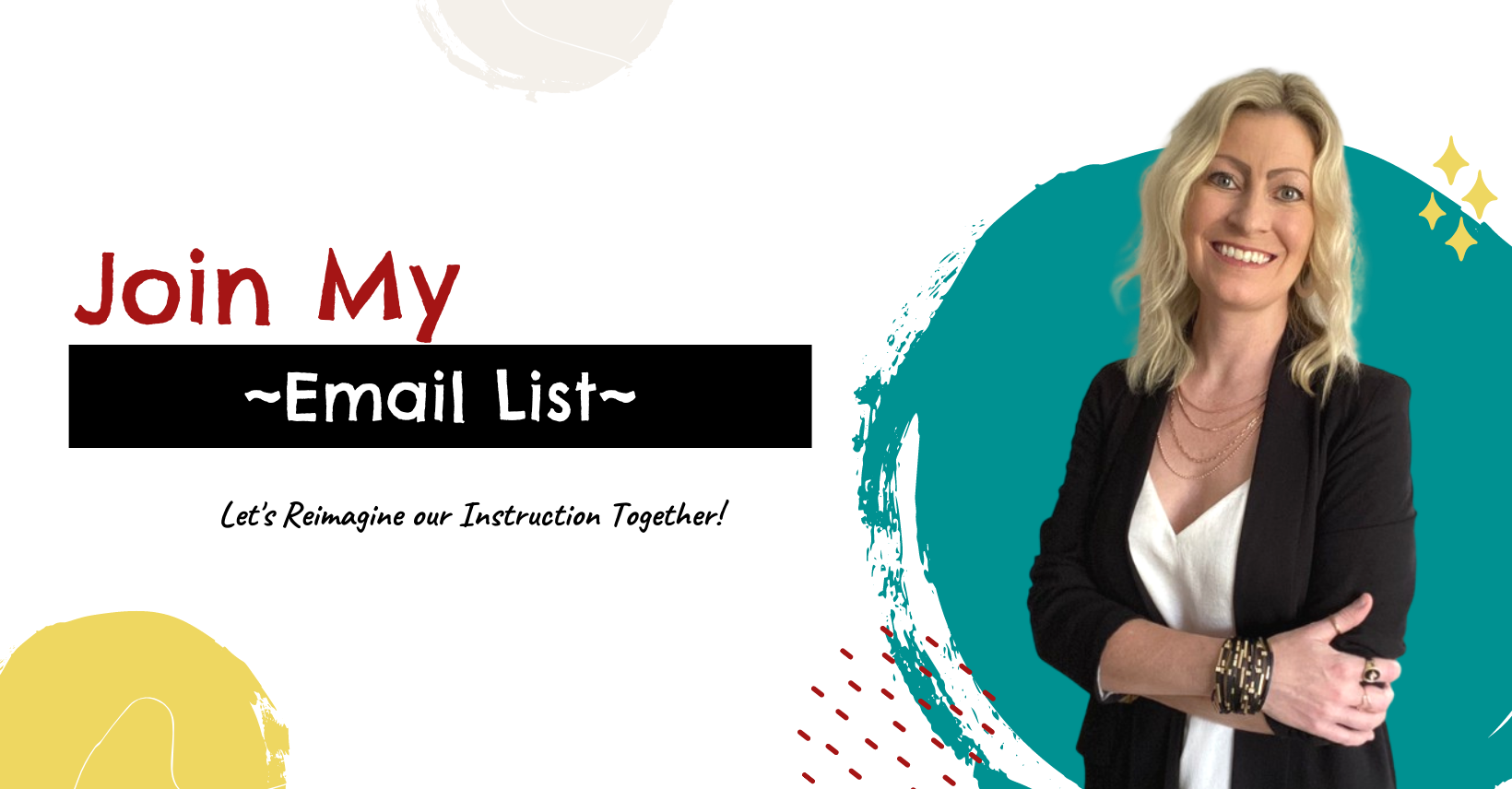The One Writing Standard You're Not Teaching in the ELA Classroom (yet the one you need the most!)

Standards can be tough, can't they! There are some that we hit naturally in our day-to-day teaching and others…well, we have to plan for them, right?
The Common Core writing standards, which we centralize in the classroom, is the set of skills our students need to know or be able to do as a result of their time in the classroom with us.
Two standards rise to the surface right away: our argumentative writing standards and our informational writing standards. These two seem to have precedence in the high school English classroom.
Meanwhile, there is also our narrative set of writing standards, which is the third piece to the Common Core’s emphasis on writing. Unfortunately, the narrative writing standards are often overlooked in the high school ELA classroom because, quite frankly, it's 'not on the test'.
So, in essence, narrative writing takes a backseat.
However, I want to focus on narrative writing standards now more than ever! These are the standards, in my opinion, that today’s learners and tomorrow’s leaders need the most!
Let me provide some fresh insight into this because this is big!
If we look at the three writing standards as a whole, narrative, informational, and argumentative, one of the biggest mistakes we make is that we teach them in isolation. We teach that informational writing unit. Guilty as charged! Then we teach the argumentative writing unit. Guilty as charged!
We teach these units as one-off experiences and that is a big mistake because in the real world, our communication style isn’t isolated. It’s integrated. Let’s say that again.
It’s INTEGRATED!
If we want today’s learners to be tomorrow’s leaders, we need them to understand what that blend of integrated communication looks like.
Let me turn to the thought leadership of Simon Sinek. Simon Sinek is the brain behind the Golden Circle. The idea behind the Golden Circle is that if we are going to be effective communicators, we don’t start with the “What”. We start with the “Why”.

Sinek uses Apple Inc. often in his examples. Other technology companies like to think about the “What” first and develop a certain tool that is cool and fancy. However, Apple Inc. turns the entire process on its head and starts with the “Why” first and tells the story about why the product is valuable and meaningful which connects to their audience.
What do you think would happen if we took a similar communication style and applied it to our students?
You would get this!

If you start with the “Why”, that is our narrative writing standard at work!
Our students are writing about why they came up with an idea, why you should buy-in, or why it’s part of their identity!
After they get done with the “Why”, they move to the “How”. The “How” phase really is a phase of argument. If we bring back the Apple Inc. example, they begin to argue in this phase about how their product is going to change your life or how they, themselves, are going to make a difference in the lives of their audience members. There is this persuasive, argumentative vibe in this phase that is the perfect middle layer of the ELA golden circle.
Lastly, we end on the “What”. This is where our informational writing standards come in! This is where there is more explanation about what you want your audience to buy or understand.
Essentially, the ELA golden circle is our communication style. Our communication is INTEGRATED into one wholesome and fluid process. Our students shouldn’t be learning the different standards in isolation, but rather be learning to blend them.
Narrative writing should be an essential part of the ELA curriculum all the way through high school. If we start there with our students, then we are setting them up for life.
If you step outside the classroom walls where exams are always in session, you will see businesses telling the story of their products. Every brand, especially those that are successful, is drawing us into its world and not with products, but with “Why”s. They are trying to build relationships with us and communicate empathetically with us so that we feel a part of their brand.
How powerful would it be for our students to do this very thing? Imagine our students writing about their unique talents and their unique skill sets and us as teachers cheering them on! They need to know that their stories are important and unique and it's their stories that set them apart from everyone else!
Now, I know some students may complain. I can already see that one student who feels like his story is not important to anyone else, but you can assure that student that he is wrong!
Do you ever get an email or a text or even a fortune cookie (Ha!) that says something that you needed to hear at that very moment? I can think of multiple times when I was in a funk and then a little message appeared in my life and I was like…
”Whoa, I needed to hear that today!”
Our students need to know that their stories may be the message that someone else needs to hear! And think of how sad it would be if they chose not to put their story into the world when someone needed it most!
Now, there is a good chance that our students are already telling their stories in some format. Have them scan their social media accounts, TikTok or Instagram. They are already sharing pieces of themselves in creative, visual ways.
Essentially, when we look at modern platforms, from blogs to podcasts, websites, and social media…those are our campfires where we tell our stories and begin to make changes in the world.
Our students deserve this type of writing practice to go along with the work they are already doing for themselves on these platforms. Through narrative writing, our students will become change-makers!
I want to leave you with this…
Every two years, the World Economic Forum constructs their own set of skills that they see as the most relevant for the next two years. The skills projection for 2022 includes the following two lines of skills:
- Leadership + social influence
- Creativity, originality, initiative
I can’t make this up, people! Even the World Economic Forum can see that social influence (you know that stuff we think our students do in their spare time) is going to be a key skill to have in the future. Isn’t it our duty to prepare them with this skill as well?
And no, I am not saying you need to introduce all the social media platforms into your classroom, but it is a good idea to take the story-telling strategies that are used on social media platforms and incorporate those into our curriculum.
The second line includes originality and initiative, or how I like to think about it, self-direction. Our students will need to be self-motivated to do their work because it is important to them. (I talk about this in this blog post if you are interested.)
Unfortunately, with a lot of curriculum, students aren’t super engaged, nor motivated, because:
- It’s about the product - the essay or paper, neither of which do they actually care about.
- The topic doesn’t interest them. I am sorry but another paper about the Aztecs and the Mayans (although important history) is not something that our students want to write about. It doesn’t relate to their now.
To help jumpstart this self-motivation in our students, grab my FREE resource called the Kickstart Kit! It is going to pull together a blend of all three writing standards and modern platforms of communication. With this kit, you will slowly release student writing to authentic audiences over time. I have this resource packaged up perfectly in a step-by-step fashion just for you!
I want every teacher to step beyond that status-quo writing instruction and look at the bigger picture of the real-deal skills that are students need to acquire (at least through 2022, right?).
If we do this, then our students will have an opportunity to share their stories and make a difference in this world for the very person that needs to hear that message.





